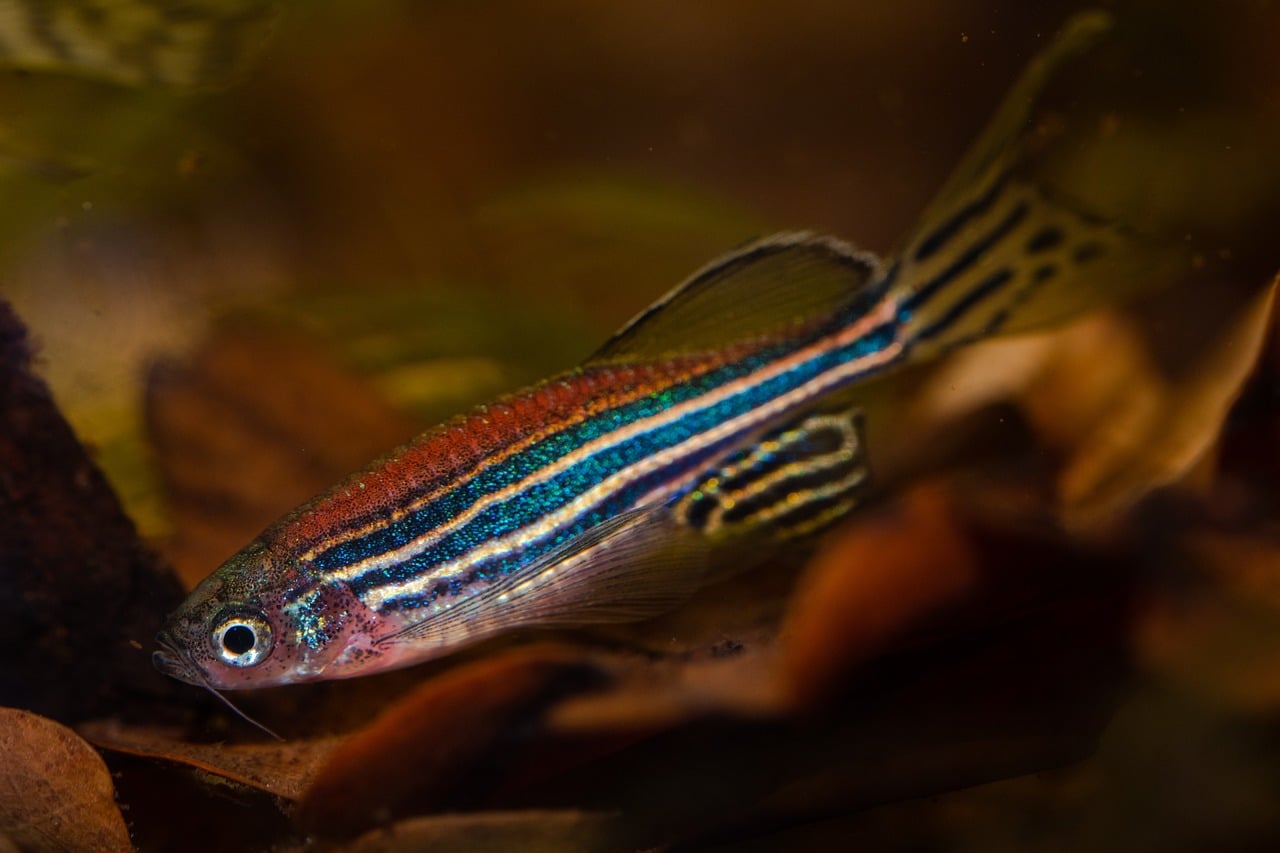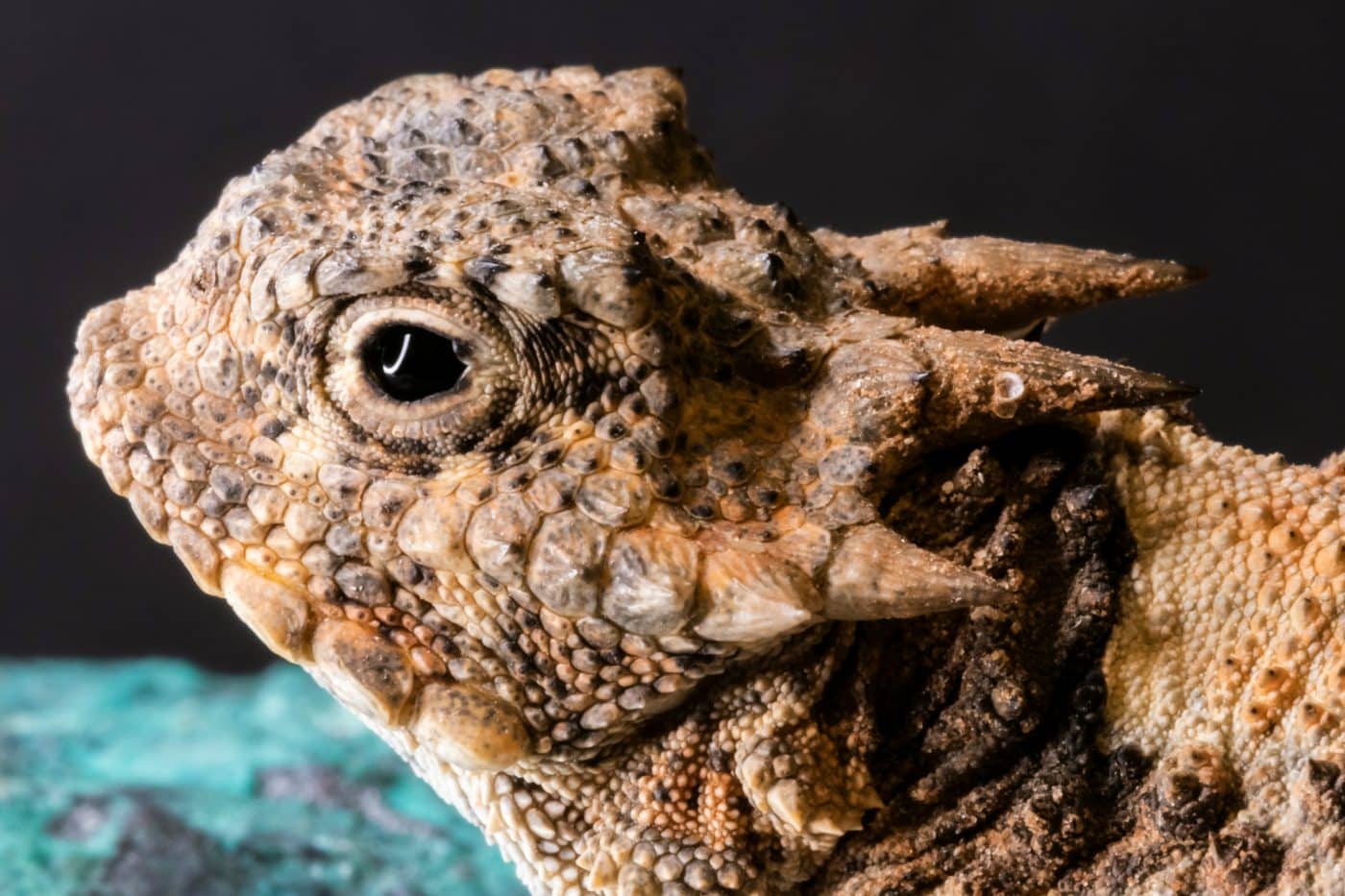 Shutterstock
Shutterstock
Regeneration is one of nature’s most fascinating phenomena, and some animals possess the extraordinary ability to regrow lost body parts. While humans have yet to master such a skill, many creatures in the animal kingdom are capable of remarkable feats of healing. From lizards to sea creatures, these animals can restore missing limbs, tails, and even vital organs. In this article, we’ll explore 13 animals that possess this “magic-like” power, showcasing the astonishing ways they can regenerate body parts and continue to thrive in their environments.
Axolotl
 Shutterstock
Shutterstock
The axolotl, also known as the Mexican walking fish, is a master of regeneration. Native to lakes in Mexico, this aquatic creature is famous for its ability to regrow not only limbs but also its spinal cord, heart, and parts of its brain. Axolotls retain their juvenile form throughout their lives, meaning they can regenerate limbs repeatedly without any sign of aging or losing function. The ability of axolotls to regrow so many different body parts makes them one of the most remarkable examples of regeneration in the animal kingdom.
Starfish
 Shutterstock
Shutterstock
Starfish, or sea stars, are another amazing example of regeneration. These marine creatures can regrow lost arms, and in some species, even a completely severed body can grow a new starfish. Starfish use a complex process involving cell division and specialized tissues to regrow their limbs. As long as part of the central disc remains intact, they can regenerate their entire body. Their regenerative abilities are so impressive that starfish can even survive and thrive after sustaining significant injuries, making them an essential example of regeneration in marine life.
Salamanders
 Shutterstock
Shutterstock
Salamanders are famous for their regenerative powers, particularly when it comes to their limbs and tails. These amphibians can regrow entire limbs, including the bones, muscles, and nerves, which function just as well as the original. In addition to their limbs, salamanders can also regenerate parts of their heart, spinal cord, and eyes. This regenerative ability is a rare trait among vertebrates, and scientists are studying salamanders closely in hopes of unlocking the secrets of this impressive biological phenomenon for potential human applications.
Lobsters
 Shutterstock
Shutterstock
Lobsters are famous for their ability to regrow lost claws, legs, and antennae. This process, known as molting, allows lobsters to shed their old exoskeleton and form a new one, complete with a replacement limb. The speed and efficiency with which lobsters regrow their lost body parts depend on the age and health of the lobster, as well as the specific limb lost. Their ability to regrow body parts is a crucial survival skill, as they often face injury from predators in the wild.
Spiny Mice
 Shutterstock
Shutterstock
Spiny mice are remarkable rodents native to Africa, known for their ability to regrow skin and tissue. Unlike most mammals, which struggle to regenerate skin after injury, spiny mice can regrow large patches of skin and even hair. They have specialized skin cells that allow them to regenerate quickly, even after severe injury. This regeneration ability is so efficient that the spiny mice often leave behind no trace of injury, making them one of the few mammals capable of such rapid tissue repair.
Zebrafish
 Shutterstock
Shutterstock
Zebrafish are small freshwater fish with the extraordinary ability to regenerate fins, heart tissue, and even parts of their brain and spinal cord. When a zebrafish loses a fin, the missing limb can regenerate within weeks, regrowing bones, muscles, and nerves. This ability to regrow complex body parts has made zebrafish a popular subject in scientific research, as understanding their regenerative processes could provide insights into potential medical breakthroughs for humans. Zebrafish serve as a shining example of nature’s ability to restore lost body parts.
Sea Cucumber
 Shutterstock
Shutterstock
Sea cucumbers are marine animals that can regenerate lost body parts, including their internal organs. When threatened, they can expel their intestines and other organs as a defense mechanism, a process known as evisceration. While this might seem like a drastic measure, the sea cucumber can later regenerate the lost organs in a matter of weeks. This unique survival strategy highlights the remarkable adaptability and regenerative power of sea cucumbers in the face of danger.
Tortoises
 Shutterstock
Shutterstock
Tortoises may not be as famous for regeneration as some other animals, but they can regenerate parts of their shells if damaged. While the process isn’t as rapid or complete as seen in other creatures, tortoises can heal cracks and injuries in their shells over time, restoring their protection. Their ability to recover from shell damage is crucial to their survival, as the shell provides both protection from predators and environmental elements. Tortoises’ regenerative capabilities are a testament to their resilience and adaptability.
Echinoderms
 Shutterstock
Shutterstock
Echinoderms, a group that includes starfish, sea urchins, and sea cucumbers, are masters of regeneration. Many species in this group can regrow lost body parts, such as arms or spines, with surprising efficiency. Some species, like the brittle star, can regenerate entire limbs, and others can even regrow entire bodies from a single limb fragment. The regeneration process in echinoderms involves cellular reprogramming, allowing them to restore lost parts and survive after injury. Their impressive ability to regenerate makes them a crucial part of marine ecosystems.
Gecko
 Shutterstock
Shutterstock
Geckos are famous for their ability to regenerate their tails after losing them in self-defense. When threatened by predators, geckos can shed their tails, which continue to wiggle and distract the predator while the gecko escapes. Over time, the gecko grows back a new tail, although the replacement is often shorter and different in appearance. This tail regeneration helps geckos survive attacks in the wild, making it a vital survival tool. Geckos are another example of how evolution has equipped animals with extraordinary regenerative abilities.
Horned Lizard
 Shutterstock
Shutterstock
Horned lizards are unique creatures capable of regenerating parts of their tail if it is lost. When threatened, they can detach their tail, a process known as caudal autotomy, and then grow a new one over time. The tail regenerates, but it might be shorter and lack the distinctive spiny features of the original. This ability helps horned lizards avoid predators and survive in harsh desert environments. Their tail regeneration strategy is a fascinating example of how animals can adapt and thrive through regeneration.
Crabs
 Shutterstock
Shutterstock
Crabs, especially species like the green crab and the blue crab, can regenerate lost limbs. When a crab loses a claw or leg, it can grow a new one during the next molt. This ability to regenerate is a crucial survival strategy, as lost limbs can hinder a crab’s ability to move or defend itself. The process of regeneration occurs slowly but is essential for crabs to maintain their functions in the wild, allowing them to stay agile and avoid predators.
Mantis Shrimp
 Shutterstock
Shutterstock
Mantis shrimp are small but powerful crustaceans known for their incredible punching ability, which can shatter glass. These shrimp also possess the ability to regenerate lost limbs. The process is relatively slow, but over time, the lost limbs grow back. Mantis shrimp also regenerate their eyes, which are incredibly complex and enable them to see ultraviolet light. Their regenerative abilities make them resilient survivors in the ocean’s often dangerous environment.
The Amazing World of Regeneration
 Shutterstock
Shutterstock
These 13 animals demonstrate that nature’s regenerative abilities can seem almost magical. Whether it’s the mighty salamander regrowing an entire limb or the planarian flatworm turning a piece of itself into a whole new organism, the world of regeneration is full of wonder. From the oceans to the forests, these creatures show how evolution has equipped animals with extraordinary skills to survive and thrive in the wild. It seems that for some, losing a body part is just a temporary setback in an otherwise miraculous life.
 Toledo, United States.
Toledo, United States.
